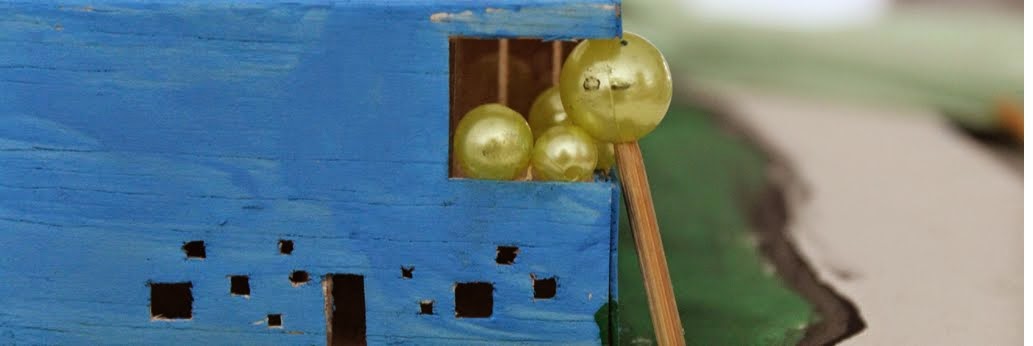3 x 5 days
architecture camps for children
Architecture education for children has played an increasingly important role in the past decades all over the world, including Hungary. Theoretical approaches to the subject are necessary, however they play a minor role when compared to practical education - learning by doing - which is essential. Through different tasks children discover their surroundings, that nowadays mainly means their built environment. By consciously experiencing the otherwise well-known urban spaces, buildings and interiors they can learn a lot about the possibilities lying in these and also about the responsibility towards improving these quialities. The most important part of architecture education is spatial construction itself, during which the children experience different kinds of materials, build up structures and create spaces. Regardless of the scale due to their three dimensional qualities these experiments use all senses and improve creativity without the need for multiple abstraction.
As part of my reserach on architecture education (MOME DLA) and teaching architectural design at the Széchenyi István University (SZE) the role of intensive programs such as childrens camps became of great importance in the past few years. Through the short introduction of three of these camps I would like to introduce the work methods, their resuls showing the possibilities and importance of architectural education for children.
In the summer of 2012 architecture students built their own design, a market (see villageBUILDING) for a small Hungarian village. During the construction and together with the students we organized a summer camp for the children of the village between the age of 7 and 13. We helped them discover their everyday surroundings, built models of their imaginary rooms and a hut where we could all fit in. Most importantly, the children used the same materials and tools as the students for the market to construct a tower as high as they could.
At the Department Building of Architectural Design at SZE (the so called Black Box) we had two summer camps for children attending primary school. One was focusing on the built environment through the atelier building itself by exploring and inhabiting its spaces and also by building models for different purposes. The other was dealing with the relationship between natural and built environment, including how and why people change their surroundings by building. The children built different archetypical huts (shelter, chapel, lookout) and a boat that they could use. In addition to learning about spatial qualities, as the pictures show, recycling and sustainability also play important roles during these camps.


